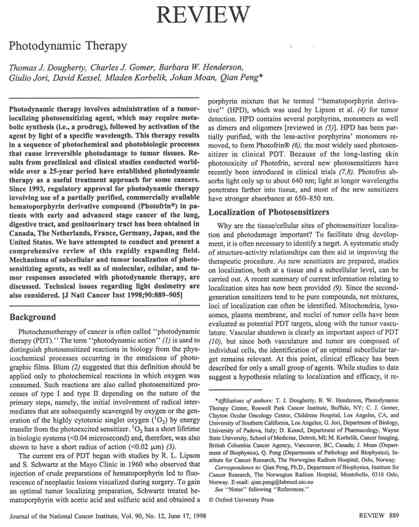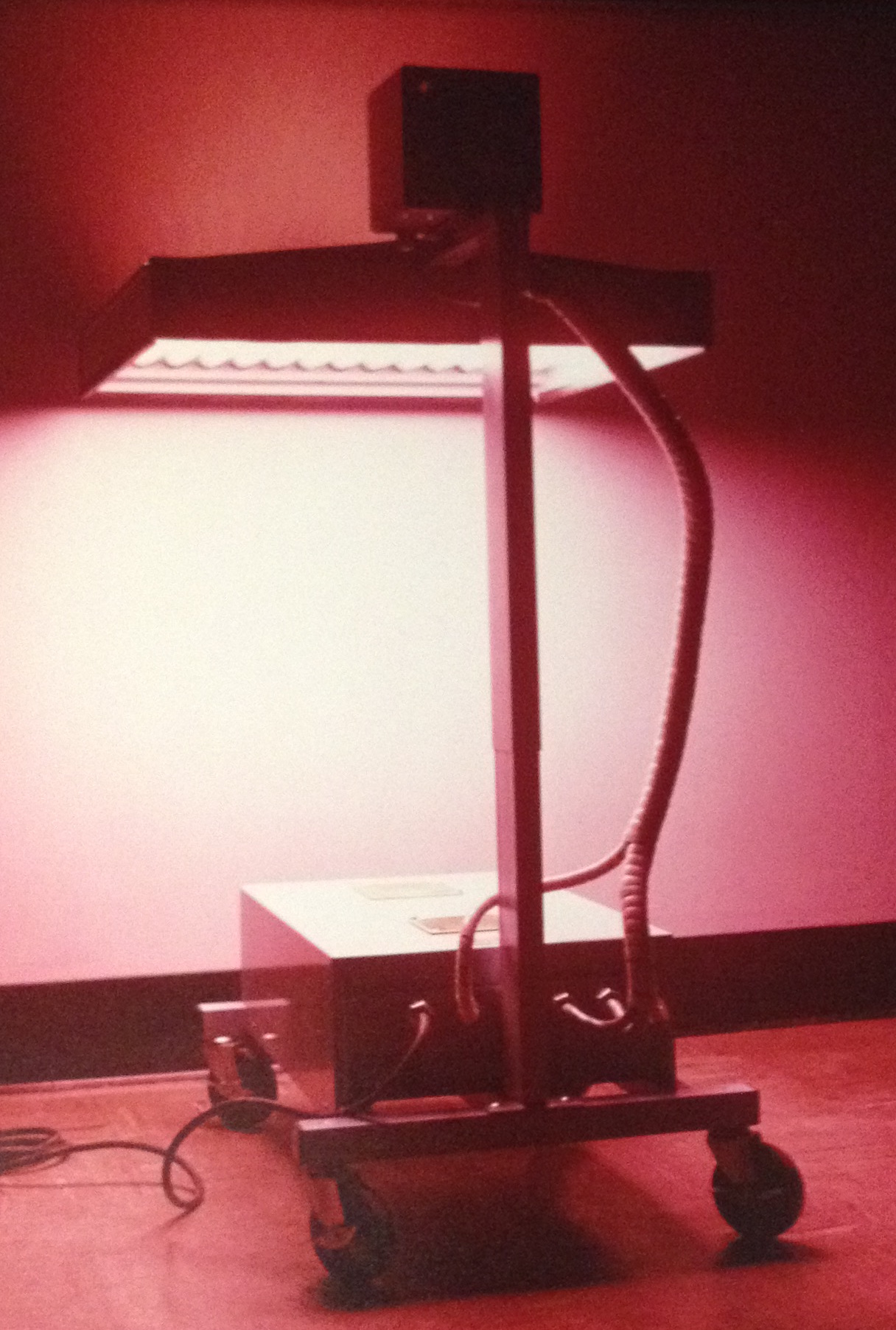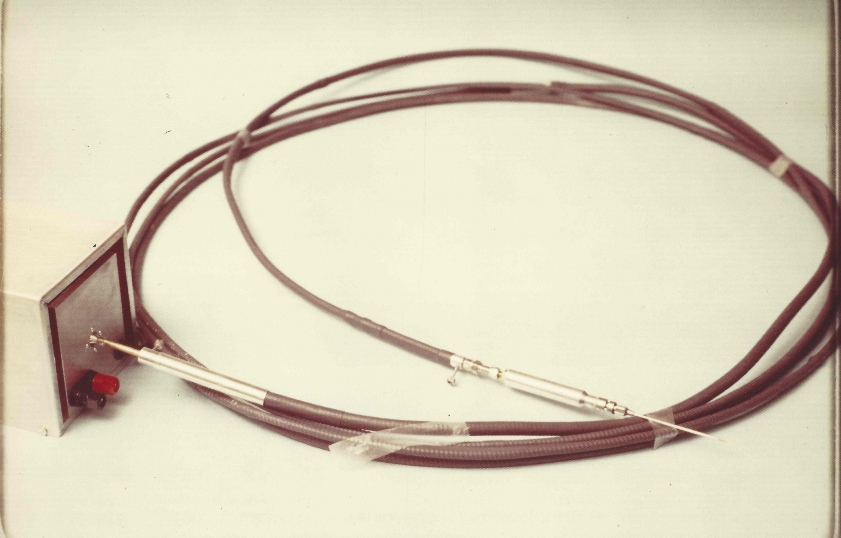 Enbede
Co. Product
Development Services
1162
Falling Stream, Sanford, NC 27332
Enbede
Co. Product
Development Services
1162
Falling Stream, Sanford, NC 27332
 Enbede
Co. Product
Development Services
1162
Falling Stream, Sanford, NC 27332 Enbede
Co. Product
Development Services
1162
Falling Stream, Sanford, NC 27332
|
| NBD Home | Products | Services | Research | Contact Us | Catalog | Links | |
Medical Products
Current treatments for cancer typically are "sledge-hammer" approaches. Surgical removal of "infected" areas, irradiation of the body or selective areas, or administration of chemicals/drugs (chemo-therapy) all have collateral damage. In other words, normal cells are killed or damaged in the process, leading to many side effects. Newer therapies attempt to target the cancerous cells; but, sometimes the cancer cells are scattered among the normal cells such as in glioblastoma multiforme in the brain. The cancerous glial cells are amongst the nerve cells and the nerve cells may be critical to memory, motor control, speech or vision to name a few. In such cases, side effects of conventional therapy can lead to significant loss of normal functions if not death. There is therefore an urgent need to develop a treatment system that is effective and selective only for the cancer/pre-cancer cells. A treatment that holds much promise is called photodynamic therapy. In this case a chemical agent is used that selectively enters into or binds to the cancer cell and the agent has a second property which is its sensitivity to a particular wavelength of light. Upon absorption of the light, the drug is activated to kill the cancer cell. One drug that has been successfully used in combination with light for many cancers has been a derivative of hemoglobin called hematoporphyrin (PhotofrinR). A review of the use of this therapy was published in the Journal of the National Cancer Institute. vol. 90, No. 12, June 17, 1998. The treatment is called Photodynamic Therapy or PDT.

While working at GTE Sylvania Lighting, Dr. Job worked with Dr. Thomas Dougherty of
Roswell Park Cancer Institute to devise novel light delivery devices. One
device was designed to treat large areas of the body from the outside.
Special fluorescent tubes were made that contained phosphors to emit red light.
See picture of the unit below.

A light delivery system was also developed for delivering tailored spectrum light to interior body parts to interact with photosensitizing drugs (hematoporphryin) to selectively kill cancer cells. See a picture below of a light source with attached fiber optic cable and end probe to direct the light into the body. The source could be a laser or an alternate source tailored to emit in the red region of the spectrum.

Whether a laser or another source that emits red light is used, there is still an issue of the termination of light at the end. If the fiber is merely cut flat, there is a "hot spot" at the end and a non-uniform spreading. One aspect of Dr. Job's invention was to develop an end probe that provided a more uniform illumination into the tissue.
See the illustrations below of the light pattern at the end of a normal fiber (top) compared to the pattern at the end of a customized probe (bottom).

Incidentally, this system is well suited for the brain since the brain tissue in its natural state tends to transmit the red light rather than absorb it. This further reduces collateral damage.
Contact Us for details of these and other products under development.
© 2020 -2021 Enbede Co.
Revised:
August 04, 2021.